
High Speed Rail Growing Cost 2018
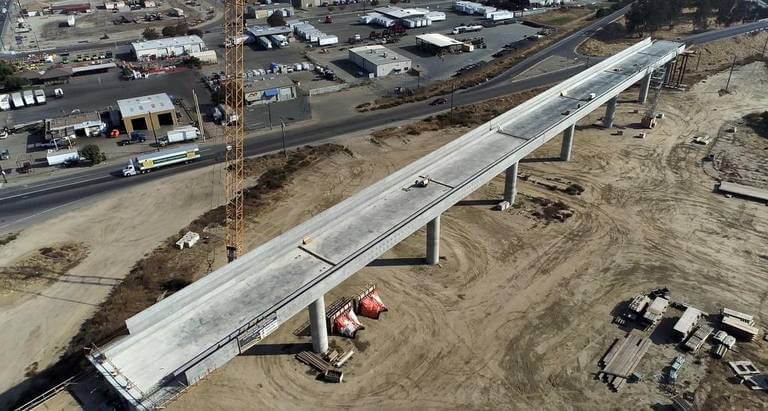
Billion and Growing
Back in 2008 California voters passed by a 52% to 47% victory proposition 1a – high speed rail act. Prop 1A, authorized CA to begin a very expensive project with an initial authorization of $9.9B in bonds based on a total estimated cost of $40B to build a high speed rail from Los Angeles to San Francisco.
Unfortunately, because of the way ballot measures work, no one really needs to tell the entire truth or is held accountable. I know estimating the cost of a project of this size is no easy task, but simple things were left out of the cost estimate such as property rights.
The Authority did not complete many critical planning tasks before beginning construction, which ultimately resulted in significant delays and led to increased costs. …….However, the majority of the change order costs relate to risk areas that the Authority had identified but not effectively quantified when it decided to move forward with construction. Some of these risks, such as not securing the property on which it intended to build, directly led to cost overruns and project delays
Source: High Speed Rail 2018 Audit
Really, you are going to build 800 miles of new tracks and not include the cost of obtaining property rights? That one fact alone should have prevented it from making it to the ballot until a proper estimate could be obtained.
There is no better example of how ballot measure are created to take advantage of voter bases than this. We are still in phase 1 of the construction and here are the new numbers which in our opinion are still understated:
Total Miles to be built: Was 800 and has been reduced to 520
Total Estimated cost: Was $40B and is now $77B (still does not include property rights)
Federal Funding was told to match the $9.9B, to date only $3B has been matched
It has incrementally modified its plans for a fully dedicated high-speed rail system since 2012 and now intends to share blend —existing transit infrastructure wherever feasible. Although blending is less costly, it subjects high-speed trains to lower speed limits and may require sharing time on the tracks with other railoperators.
Not one single item has been achieved or even close from the original Proposition 1A promises and yet most of the people that were responsible still hold their positions.
At $77B, it will cost every person (not taxpayer) in California $1,900. It is coming to you in many ways like the Gas Tax, through new taxes on property tax, and through other mean like fees. Would you have voted for the measure if it required you to write a $1,900 check?
Background Facts Proposition 1A High Speed Rail
Official Summary
- Provides long-distance commuters with a safe, convenient, affordable, and reliable alternative to driving and high gas prices.
- Reduces traffic congestion on the state’s highways and at the state’s airports.
- Reduces California’s dependence on foreign oil.
- Reduces air pollution and global warming greenhouse gases.
- Establishes a clean, efficient 220 MPH transportation system.
- Improves existing passenger rail lines serving the state’s major population centers.
- Provides for California’s growing population.
- Provides for a bond issue of $9.95 billion to establish high-speed train service linking Southern California counties, the Sacramento/San Joaquin Valley, and the San Francisco Bay Area.
- Provides that at least 90% of these bond funds shall be spent for specific construction projects, with private and public matching funds required, including, but not limited to, federal funds, funds from revenue bonds, and local funds.
- Requires that use of all bond funds is subject to independent audits.
- Appropriates money from the General Fund to pay bond principal and interest.
The fiscal estimate provided by the California Legislative Analyst’s Office said:
- State costs of about $19.4 billion, assuming 30 years to pay off both principal ($9.95 billion) and interest ($9.5 billion) costs of the bonds. Payments of about $647 million per year.
- When constructed, additional unknown costs, probably in excess of $1 billion a year, to operate and maintain a high-speed train system. The costs would be at least partially, and potentially fully, offset by passenger fare revenues, depending on ridership.
All data sourced from ballotpedia

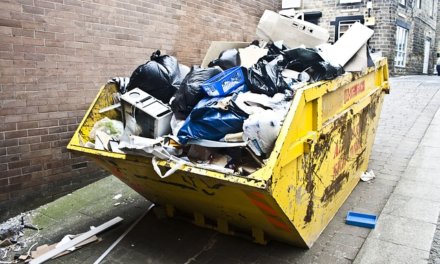
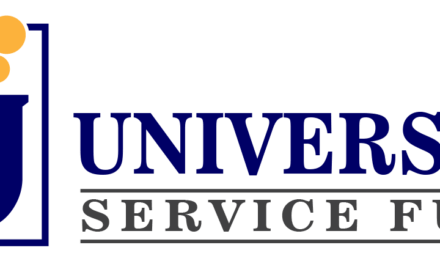


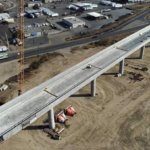


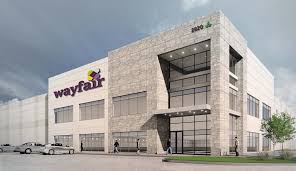
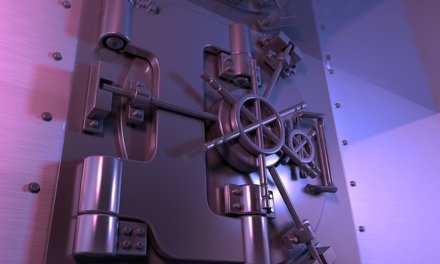



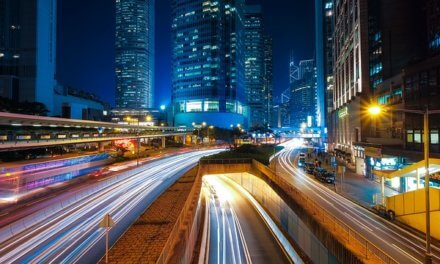


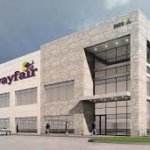

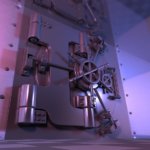


Conversations